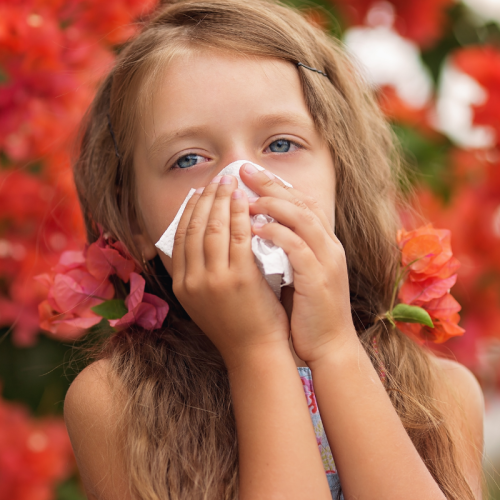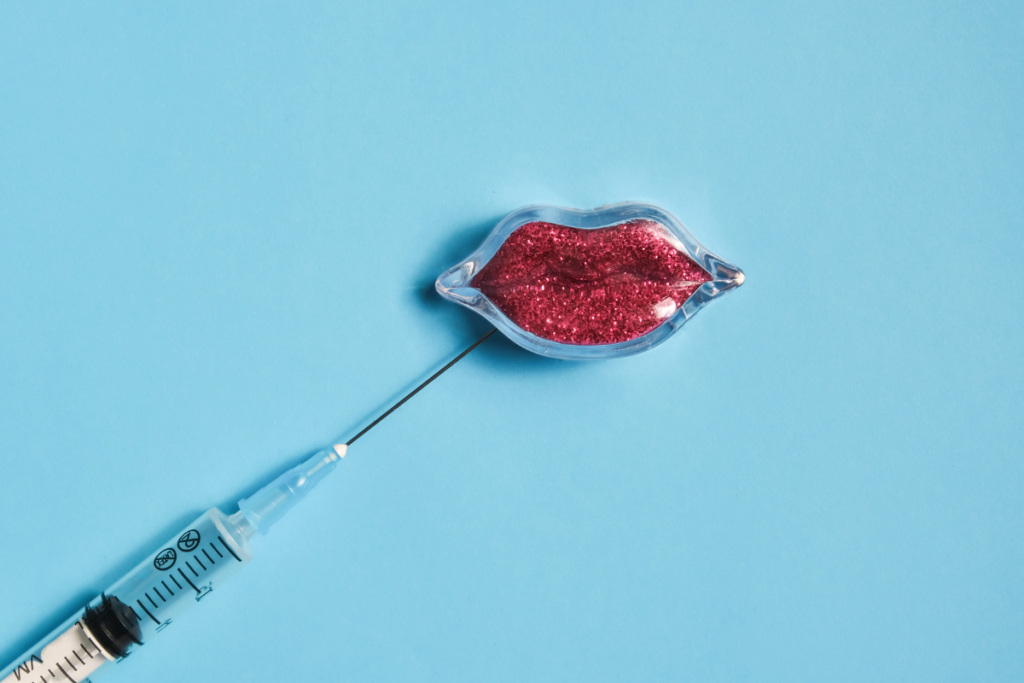This guide uses information from the American Academy of Pediatrics, the U.S. Food and Drug Administration, PubMed, and more to review what experts say about the safety of Benadryl for babies and toddlers.
The main takeaway: This is definitely a confusing topic for parents. Generally, health experts DO NOT recommend Benadryl for babies or children under 2 years of age, or at least not without a physicians’ guidance. And many doctors are moving away from using Benadryl to treat any allergic reactions in kids of all ages, recommending “second-generation” antihistamine drugs that do not have sedative side effects.
Read on to learn why (hint: Benadryl can be deadly), and what you can use instead of Benadryl.
Experts on How Old Kids Should Be to Take Benadryl
The American Academy of Pediatrics says Benadryl should not be given to children under 2 years old (see bottom of table in the link.) They also say that you should consult with your child’s doctor or healthcare provider about giving them Benadryl if they are between the age limit of 2 and 6.
However, it gets confusing because there are some pediatric practices that say it’s okay to give Benadryl to young children. If you look at their dosing tables, keep in mind that the recommended dosage information is coming from individual doctors, and are at odds with recommendations from the AAP, a group that represents tens of thousands of U.S. board-certified pediatricians (board certified means they passed a specialized exam in pediatrics.)
There are serious side effects that can come with Benadryl. When in doubt, it’s always best to call your own pediatricians’ office and ask their stance on Benadryl and other cold products, especially in regard to your child’s weight, age, and specific medical condition.
Doctors Move Away from Benadryl for Allergy Symptoms
Many pediatricians and medical societies are urging parents to not use Benadryl to treat any allergy symptoms (including seasonal allergies and food allergies), and instead rely on “second generation” Claritin, Zyrtec, or Allegra. These drugs are also over-the-counter antihistamine, but have much fewer side effects. Severe allergic reactions, like those that make it difficult to breathe, should be immediately treated with epinephrine (Epi-pen) while seeking professional medical attention.
Though this may come as a surprise, medicine has been moving this way for nearly a decade. The American Academy of Family Physicians back in 2014 endorsed guidelines from a medical society for head and neck surgeons that strongly recommended that doctors use “second-generation/less sedating antihistamines” to treat nasal allergies, a.k.a. the stuffy, runny, itchy nose, watery eyes, mild allergy symptoms that can accompany the change of seasons. They reviewed the recommendation again in 2020 and stuck with it. It doesn’t specifically name Benadryl, but “less sedating” essentially means any other drug (Claritin, Zyrtec, Allegra) that can treat seasonal allergies but doesn’t come with Benadryl’s side effects.
U.S. groups representing allergy, asthma, and immunology physicians had a similar take in 2014 when it came to treating hives or rashes associated with allergens. In their treatment recommendations they say to consider the second-generation antihistamines (Claritin, Zyrtec, Allegra), because they have “less sedating effects than first-generation antihistamines.” Or in other words, treat symptoms of allergies with a medication that has fewer severe side effects.
Dr. David Stukus, a professor of pediatric allergy and immunology at Nationwide Children’s Hospital in Columbus, Ohio, writes that these other drugs are “faster acting, longer lasting, with less side effect.” The downsides to Benadryl products, according to Stukus, is that it sedates most kids, which can hurt school performance because they are still drowsy and confused when they wake up. He also points out that Benadryl has a “paradoxical” effect of making an estimated 10 to 15% of children hyperactive. (In that case, it definitely won’t work as a sleep aid.)
Stukus also noted that Benadryl itself does not treat a runny nose. Instead, it is a side effect of Benadryl – drying out secretions in the body– that makes it seem like it is treating the runny nose. But Stukus says this “can create problems not only in the eyes, nose and throat but throughout the rest of the body as well.”
The Danger: Benadryl Can Be Fatal
A study from April 2023 in the medical journal Pediatrics reviewed poisoning deaths among kids in 40 states in the US from 2005 to 2018. Of that group, the second-highest cause of death (after opioids) was over-the-counter medications to treat colds, allergies, and pain, including medications like Benadryl.
Two years earlier, another study looked specifically at over-the-counter cold and cough medications that killed children under 12 years old. Of that group, the large majority, 70% (n = 28), were caused by diphenhydramine, the active ingredient in Benadryl. And some of those cases occurred when caregivers were giving medication to sedate their children, not to necessarily harm them. In other words, while rare, you can harm or kill your child with Benadryl if you give them too much.
These deaths are still happening even after the FDA in 2008 recommended changes to drug labels to restrict dosing information by age and advise against using medications for sedation. The authors of the 2023 paper concluded that “prevention efforts should include provider and public education. Increased physician awareness of adverse outcomes has led to fewer providers recommending cough and cold medications for the pediatric population.”
Sources
Why It’s Time to Rethink Our Use of Benadryl (nationwidechildrens.org)
Goodbye, Benadryl – it is time for you to retire | The Pediatric Insider (wordpress.com)
Diphenhydramine Dosing Table – HealthyChildren.org
Use Caution When Giving Cough and Cold Products to Kids | FDA
Dosing Chart – Pediatric Associates of NYC (pediatricassociatesnyc.com)



